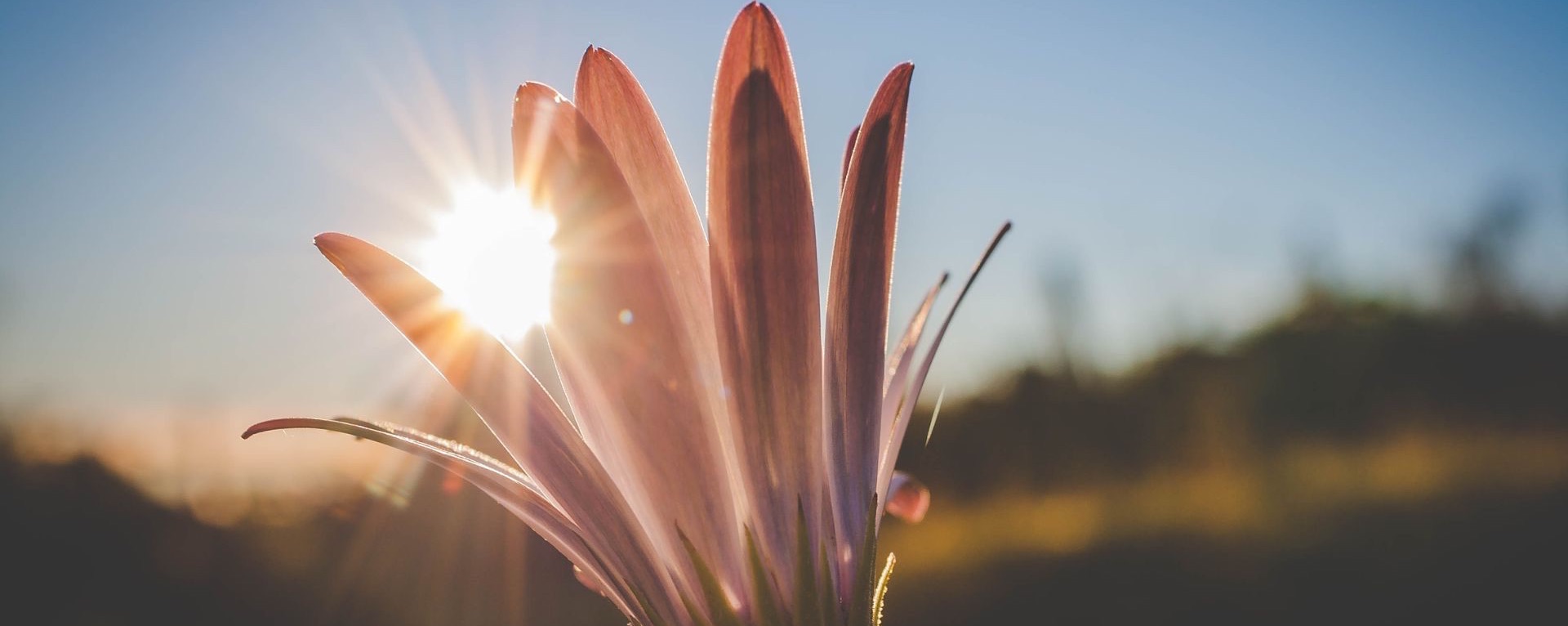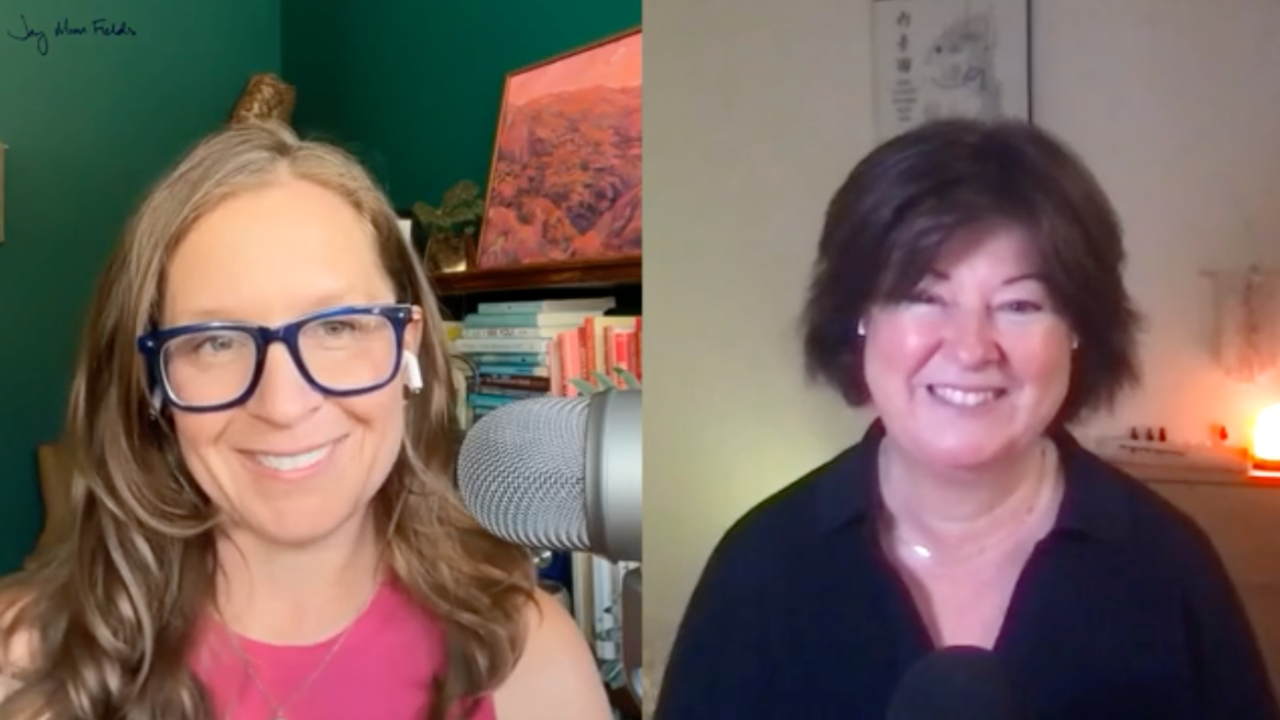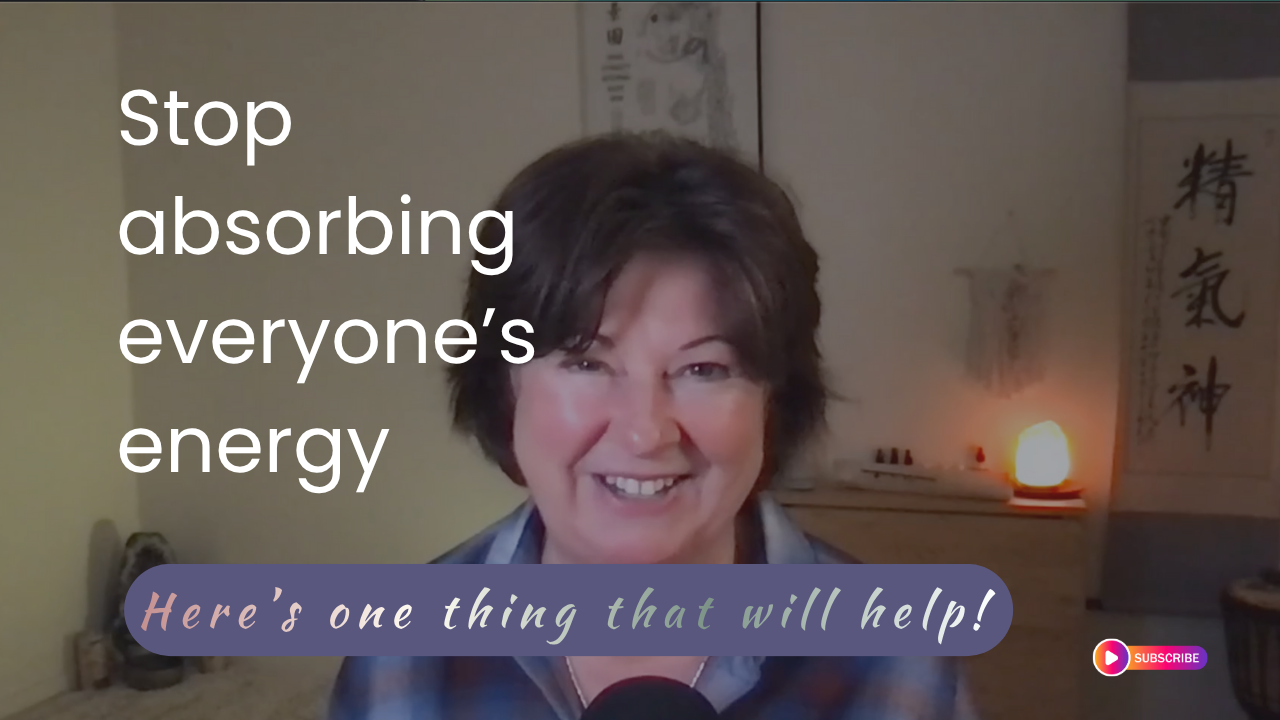Autumn Seasonal Self-Care | medical Qigong
Sep 22, 2024
Autumn is a time for energy to begin to prepare for the upcoming cold and stillness of winter.
In traditional Chinese medicine and medical Qigong, Autumn is a time to store what you've harvested through the Spring and Summer, so you have the reserves for the upcoming Winter. The Autumn is a time of gentle releasing. The leaves begin to fall off the trees and the energy begins to move into quiet. It's a time to show deep appreciation for what we have harvested and prepare for a restoration period for our energy and all of nature.
The organs that are associated with Autumn in Traditional Chinese medicine and Medical Qigong are:
- Lungs and the Large Intestine.
The element is Metal:
- Metal is a an element of order. And this is a great time to softly clear any clutter and set a fresh space to welcome in the gentleness of the upcoming winter.
If we take care of our energy in each season, we support our energy for the following season... Winter.

Autumn preparation and physical care:
This is the time to make sure you always have a light scarf (or heavier if you need 😊), or high collar, turtleneck, etc. to protect your neck and specifically the points on the back of your head wind.
The back of the neck is a vulnerable place, when your pores are open for wind to enter into your body through the acupuncture channels in this area.
- GB 20 / Fenchi (“Wind Pool”): Located at the base of the skull, on the nape, below the occiput, at the level of DU 16, in the depression between the upper portion of m. sternocleidomastoideus and m. trapezius.
- Du 16 / Fengfu ("Wind Palace") also known as GV 16: Located on the back of the neck, 1.0 cun directly above the midpoint of the posterior hairline, directly below the external occipital protuberance, in the depression between m. trapezius of both sides.
In Chinese culture you have often seen what's called the "mandarine collar" and although it's a very nice looking style, it was designed for the function of keeping these acupuncture points protected.

What happens when wind enters the pores of the skin?
When wind enters your pores (especially at Fengchi) our skin and muscles begin strongly react from the invasion of wind and your immune system is activated.
You may notice that especially at this time of year weather can move easily from warm to cold. For example where I am, last week our temperatures required a sweater and this coming week well be back in shorts weather for a few days.
"Wind" can enter the body as -heat-wind, or cold-wind and when either enter the body you can feel like you're catching a cold.
First, be aware that a stiff neck is a sign of wind invasion.
Wind-Cold invasion: I'm sure you've noticed that when you begin to catch a cold, you experience stiff neck often followed by headache, chills, or fever and feel very tired... These are symptoms of wind-cold invasion of your channels system.
Wind-Heat invasion: Feelings of sore throat, combined with the previous symptoms are a sign of wind-heat invasion. This will often happen as seasons change summer to autumn, but there are heatwaves that often have windy conditions attached. This is why in Chinese medicine they always have a light scarf with them for protection.
This also includes when you workout and sweat and your pores will open naturally.
- If your body is exposed to a fan, cold air-conditioning, wind (warm or cold) outside, it can enter the unprotected areas at the back of your neck and head and move into your body through the channel system.
- Biking and running outdoors is also important to keep your neck protected and if you sweat and feel "wet," it's important to get your entire back, shoulders, neck and back of head dry and also put dry clothes on.
Here's what you can do with first signs of stiff neck:
- Wrap neck and keep entire spine and lower back warm.
- Warm water bottle (with towel over it to protect your skin) and place at back of neck)
-
Ginger tea:
Remove skin on ginger and use 1 cup chopped (or grated) fresh ginger. 1 cup water. Boil ginger in water approx 7 min. Drain water through strainer into cup and drink slowly.
Wrap your neck and keep your entire spine warm and drink the tea slowly. As you begin to sweat allow your body to release and then immediately dry yourself and change any wet clothing/scarf and keep neck and back warmly covered again.
- If you don't have ginger, you can also use chop up scallions and do the same recipe as above. The scallions help to open the pores.
- Cinnamon is also a warming agent and moves blood, however if you have a lot of cinnamon it speeds up heart rate and that is not advisable.
Warm Bath:
- Take a warm bath with epsom salts for about 15-25 min. The key is to keep your hair dry and when you get out dry your body completely and put on warm cloths (completely covering your neck and entire back) and go to bed.
- Rest and allow your body to release. Your body will most likely sweat and we want that because it will release the wind.
- When you sweat, be sure to get up and dry off and put on dry, warm cloths again covering your neck and back. Rest and hydrate with warm tea.
If stiff neck continues...
- If your stiff neck persists, and especially if you're also getting a sore throat and body aches, it's time go get an acupuncture treatment. Don't wait because the key is to release the invasion of the wind in your muscles quickly.
READY TO DIVE DEEPER?
Maria Furlano is a master teacher and healer of the energetic arts, specializing in medical Qigong. Trained as a Doctor of medical Qigong (DMQ, China), a Physician of Chinese medicine and Acupuncture (MTOM, L.Ac.), and is an energetic intuitive. In her Soul Coaching program, she works internationally with private clients.
- JOIN Holding Space (It’s Free!) LIVE meditation every Tuesday 7:55am - 8:30am (Pacific)
- Soulful 6 Series™ to support energy clearing, restful sleep and soul healing.
- Soul Coaching private sessions with Dr. Maria
- The Art Of Tuning In STUDIO membership






